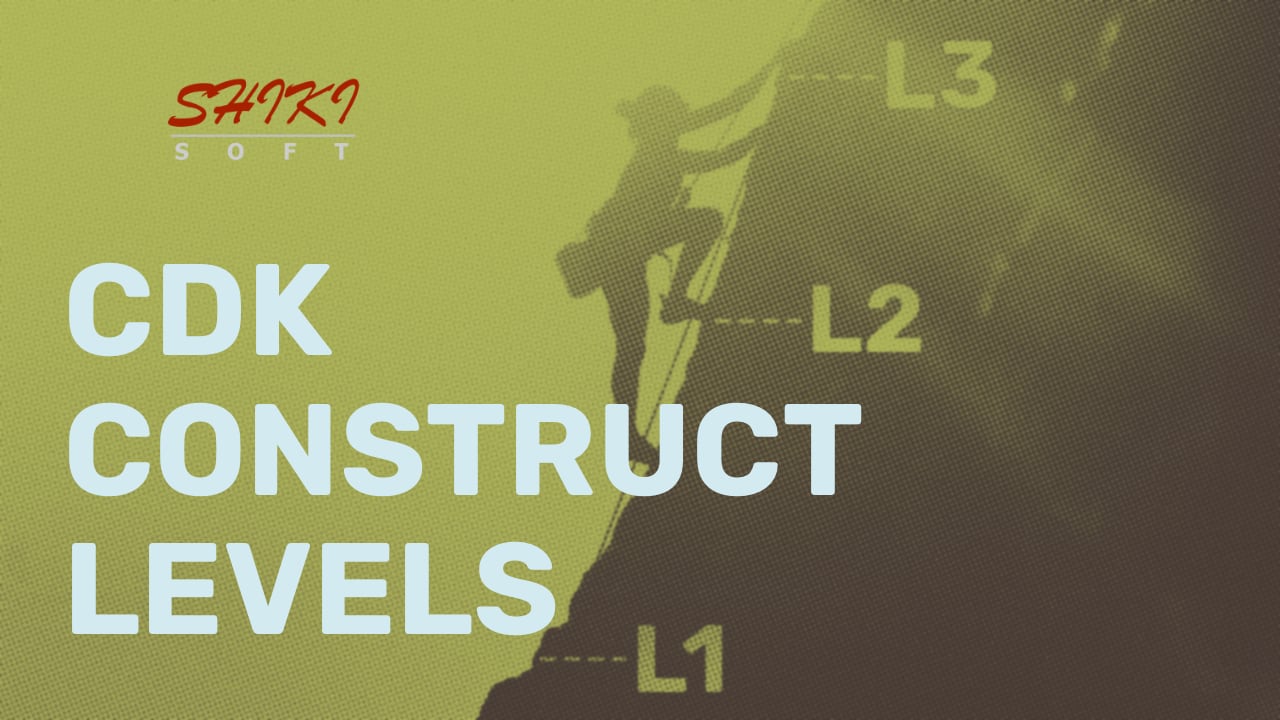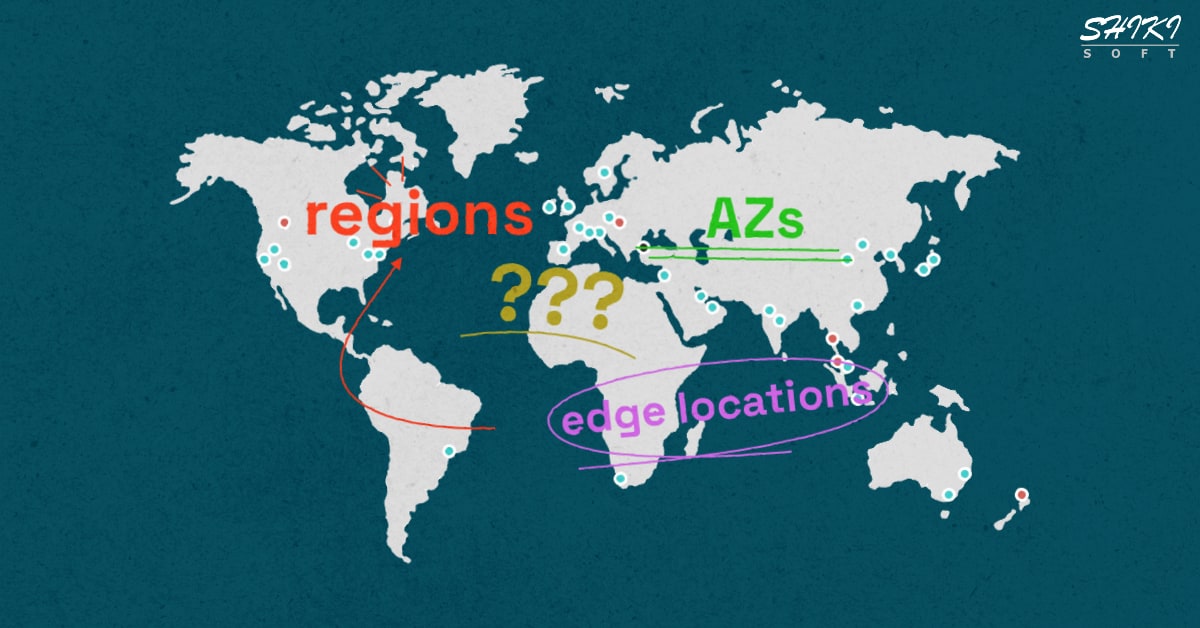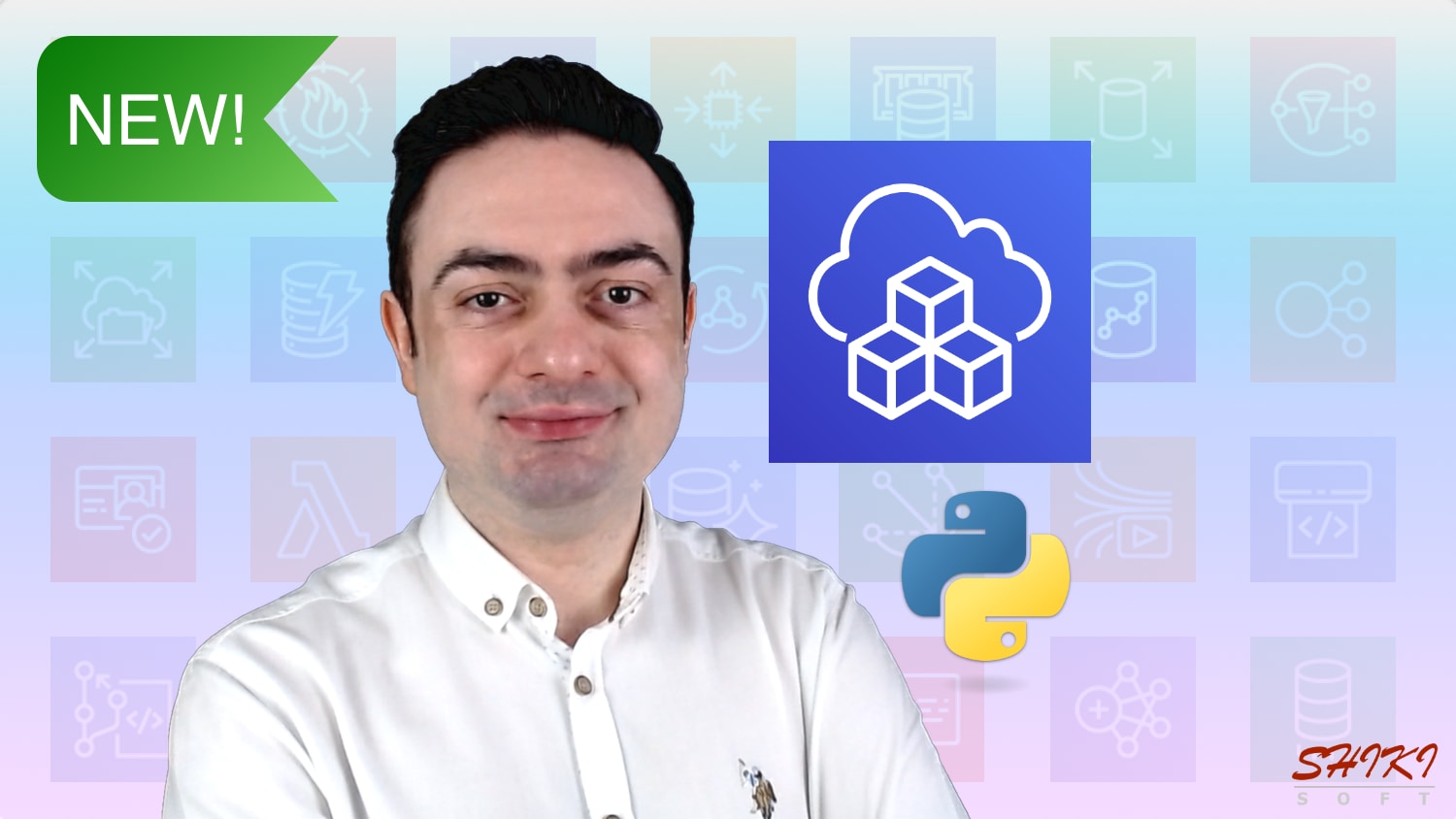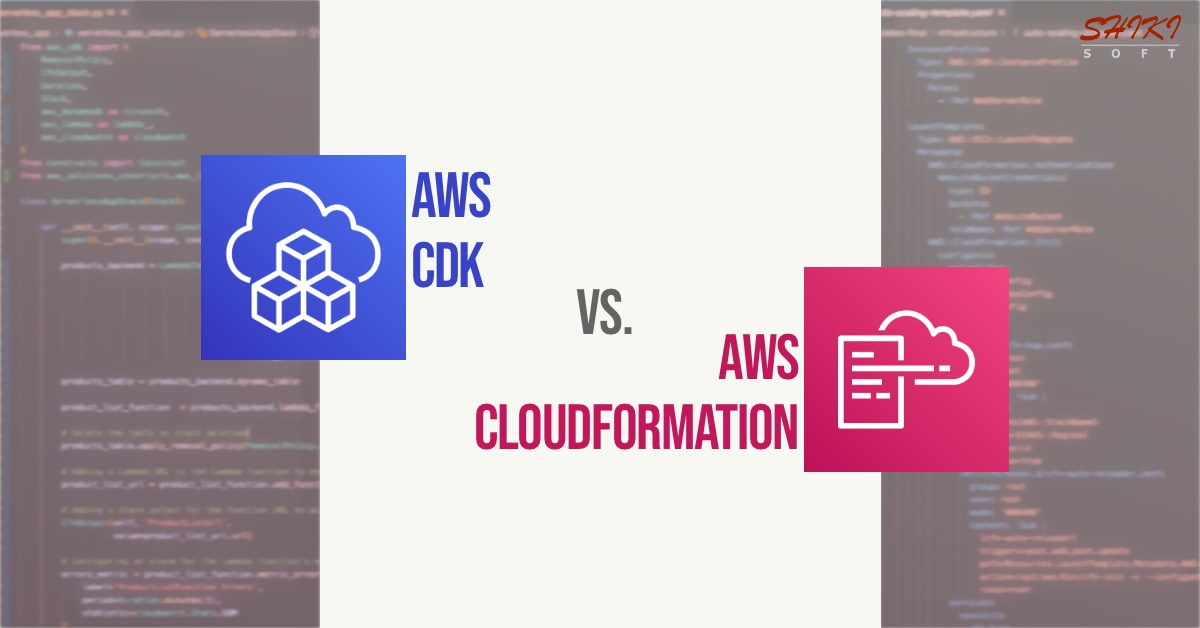AWS IAM Users vs. Roles: Which to access your AWS resources?

AWS Identity and Access Management, or IAM, is a critical AWS component controlling access to your AWS resources. The IAM user and the IAM role are two crucial IAM concepts with similar features. So, sometimes, it can be difficult to tell the difference between them. In this post, we will discuss the similarities between AWS IAM users and IAM roles and how they differ.
Continue reading the AWS IAM Users vs. Roles: Which to access your AWS resources? blog post.




